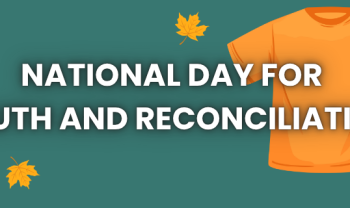When applying for a job, the style of resume you send says a lot about who you are as a person and an employee. It is also your first opportunity to impress your potential employer. Choosing the wrong resume format may highlight potential areas of concern to your interviewer, such as large unemployment gaps or lack of experience in a related field.
To help you decide which resume format is right for you, we will look at the 3 main types of resumes:
1. The Chronological Resume
This is the most common type of resume and it’s the easiest to build from scratch. It lists your education and experience in reverse chronological order, so you start by listing the most recent first.
Pros: This resume is easy to read and scan by potential employers; it’s also the most accepted format. If you’re a candidate with a steady employment history, this type of resume is perfect. It can effectively highlight your recent experience and achievements.
Cons: For a candidate with an irregular employment history, this resume can look messy and highlight the employment gaps. This can show an employer that you’re inconsistent and possibly unreliable. The chronological resume can also become lengthy. It can work to your disadvantage if you’re looking for a career change because it may outline some irrelevant skills as well.
2. The Skill-Based Resume
This resume presents your skills and experience first, without putting them in sequential order. Instead, it groups your skills and experience by types of functions. For instance, you may have sections called “customer service skills”, “office administration skills” and “accounting skills”. The career history can then be reduced to a list of dates and company names, thus directing the readers’ focus towards your skill set.
Pros: This resume format can make your skills appear stronger because it combines skills learned during paid employment, volunteer work, classroom work and so on. It can work great if you’re a candidate with a poor employment history. This format is also good for recent graduates or someone looking for a career change.
Cons: Unfortunately, this format is poorly received by employers, and raises questions whether you are trying to hide something in your employment history; proceed with caution and consider adding a cover letter to help the employer learn that you are a worthy candidate.
3. The Combination Resume
This resume, as its name describes it, is a combination between the chronological and the skill-based resume. It begins with a functional summary of your key qualifications, skills, and experience and then gives a chronological career history, which supports the skill summary above.
Pros: If you use this type of resume, it can result in a very well-targeted resume and it can be very well accepted by most employers if it’s done properly. It can also work in your favour if your career history is not straightforward or has gaps.
Cons: With online program scanning applicant in the early stages of the selection process, this format can be hard to read by a computer trying to pick our keywords and skills. Also, you may still run into employers that dislike this format, even though it has some elements of the chronological resume.
For more help with your resume, cover letter or any other employment-related questions, book an appointment with your employment coordinator at any of our three campuses.





